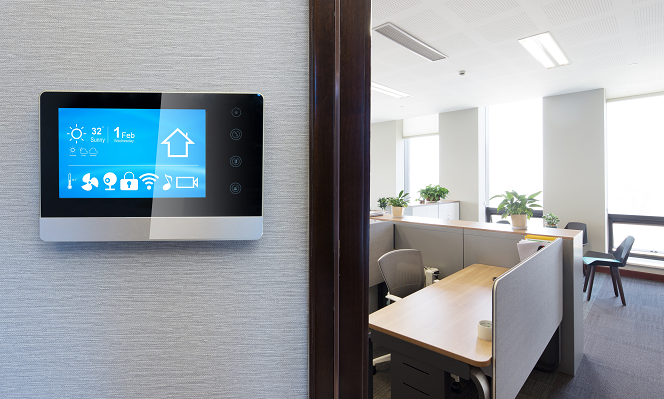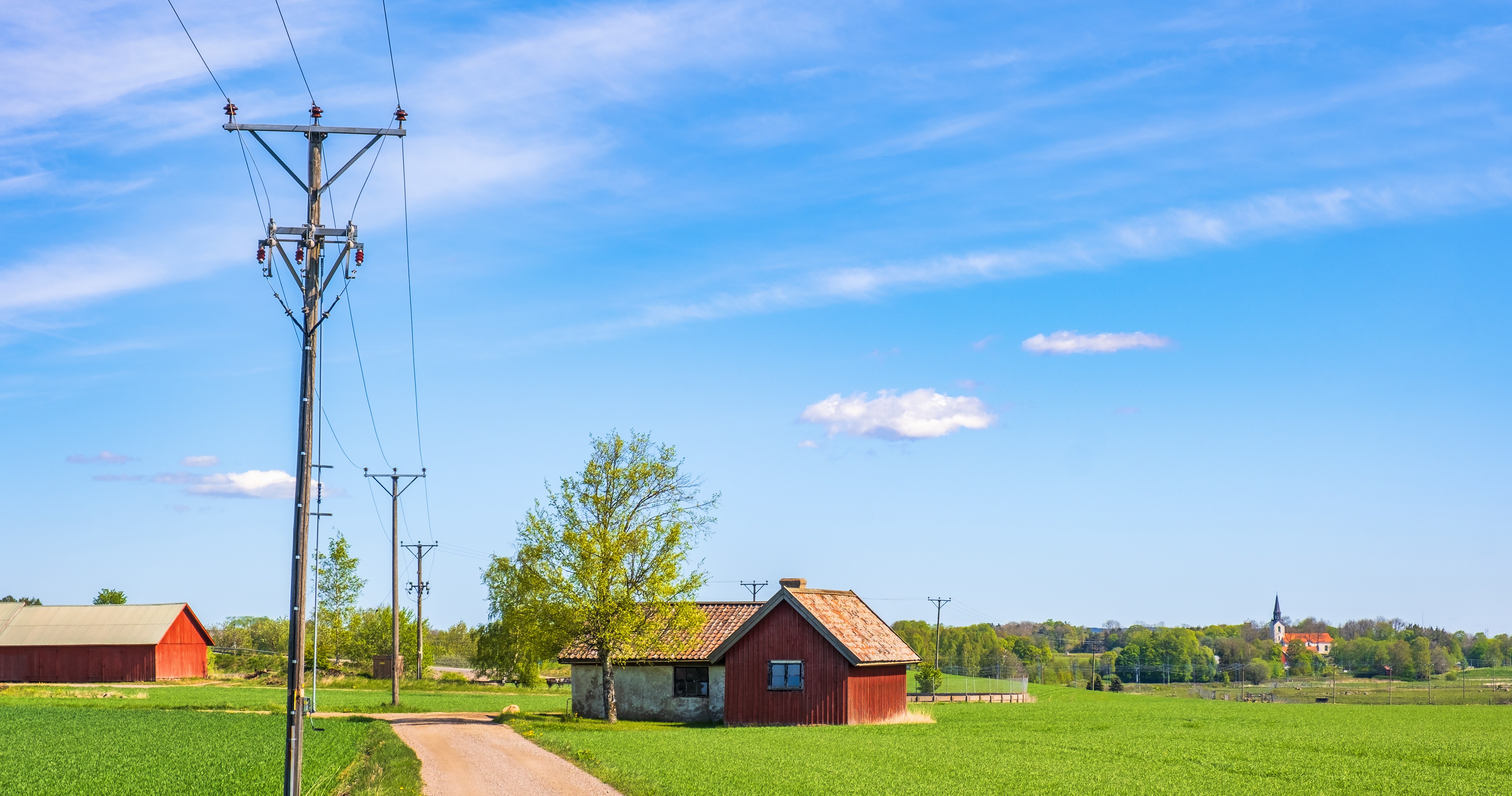DOE's Look at Smart Devices Should Consider the Opportunities of a Systems Approach to Energy Savings
Let's Save Energy
Alliance to Save Energy's Blog

This guest blog post is authored by Susan Rochford, Vice President, Energy Efficiency, Sustainability and Public Policy for Legrand North America and Central America, and Chair of the Alliance’s Systems Efficiency Subcommittee.
Today the Alliance to Save Energy submitted comments in response to a Request for Information from the U.S. Department of Energy (DOE) to gather perspectives about the “emerging smart technology market, including any energy efficiency trends or issues with respect to appliances or equipment incorporating smart technologies.” DOE’s request recognizes this new market will make the way we manage energy use in our homes and businesses look quite different in the near future.
I have been the industry Chair of the Alliance’s systems efficiency work for the past two years, so I am always excited to see opportunities to inform energy efficiency discussions with the recommendations our diverse group of stakeholders developed. “Systems efficiency” refers to the co-optimization of multiple energy-consuming technologies to maximize energy efficiency, at the building system, whole-building, or electricity distribution grid level. The Alliance’s Systems Efficiency Initiative released two reports laying out overarching strategies for promoting a systems approach. As homes, buildings, and the grid become “smarter,” opportunities to manage energy use at a system level and provide value to customers – such as energy and cost savings, increased comfort, and energy reliability – will likewise increase.
Smart sensing, metering, and control technologies that allow homeowners and building managers to monitor and adjust energy usage with their smart phones are becoming more common every day. Connected products can make energy management more interactive, and enable it to become increasingly automated as these products gain the ability to learn from building users’ habits and adjust lighting and temperature settings according to their preferences. U.S. demand for smart and connected thermostats is forecast to increase 18% per year through 2022. The global market for the Internet of Things in Buildings is projected to increase at a 20 percent combined annual growth rate from 2015 to 2021.
Considering this new realm of connected devices, DOE requested comments on the direction of the market for smart technologies, relevant market metrics, associated cyber security risks, and the impact of smart features on the energy efficiency of appliances and equipment. The Alliance’s comments today emphasize the potential of connected products to optimize energy use and achieve energy savings that go beyond component-level efficiency savings, in both commercial and residential buildings. The comments encourage DOE to explore the added value of connected products that offer load flexibility and controllability, system reliability, and building-to-grid integration. For example, grid-enabled connected devices provide additional value and flexibility for demand response since they can adjust energy usage during times of peak demand. We need more investment and innovation in systems approaches; quantifying the energy savings potential associated with connected devices would help support the types of systems approaches that are enabled by connected devices.
Tapping into the potential of connected devices to offer system-level energy savings should be a priority for policymakers as the market for connected devices expands. Wide-reaching collaboration, including with tech companies, equipment manufacturers, utilities, and building owners and designers, will be necessary to ensure that efficiency opportunities are not overlooked as more and more connected products come online. We all live and work in buildings, and most of us have seen our personal collections of connected devices grow over the past decade or two. We have a chance to realize savings and other benefits by improving energy efficiency and making our buildings and devices “smarter” than before. DOE has an important role to play in working with the many stakeholders in the built environment industry to accelerate the evolution of systems efficiency with the help of connected devices.
STAY EMPOWERED
Help the Alliance advocate for policies to use energy more efficiently – supporting job creation, reduced emissions, and lower costs. Contact your member of Congress.
Energy efficiency is smart, nonpartisan, and practical. So are we. Our strength comes from an unparalleled group of Alliance Associates working collaboratively under the Alliance umbrella to pave the way for energy efficiency gains.
The power of efficiency is in your hands. Supporting the Alliance means supporting a vision for using energy more productively to achieve economic growth, a cleaner environment, and greater energy security, affordability, and reliability.



